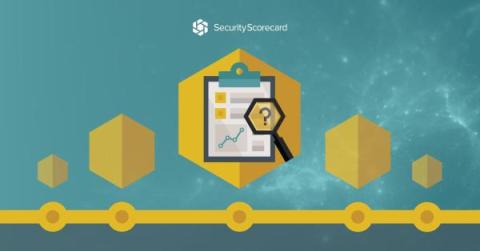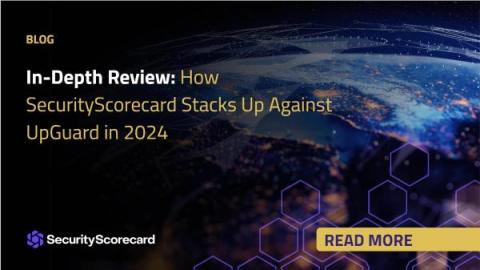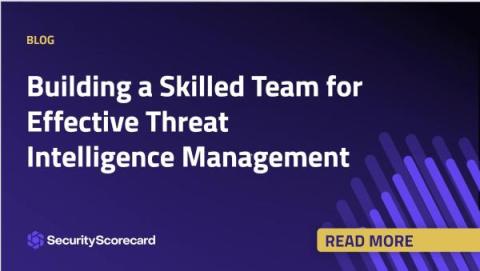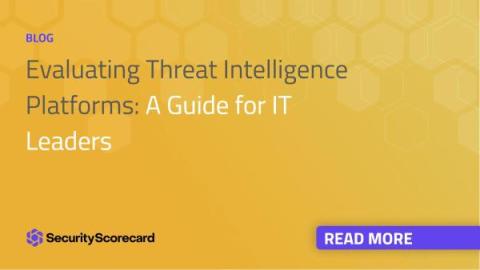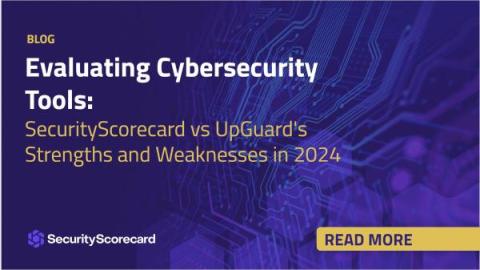How to Perform A Cybersecurity Risk Analysis in 2024
Risk analysis is defined as the process of identifying, reviewing, and analyzing any existing or potential cybersecurity risks that could negatively impact a business. Performing a cybersecurity risk analysis helps your company identify, manage, and safeguard data, information, and assets that could be vulnerable to a cyber attack. Such an analysis helps to identify systems and resources, determine the risk, and create a plan for security controls that can help protect your company.


